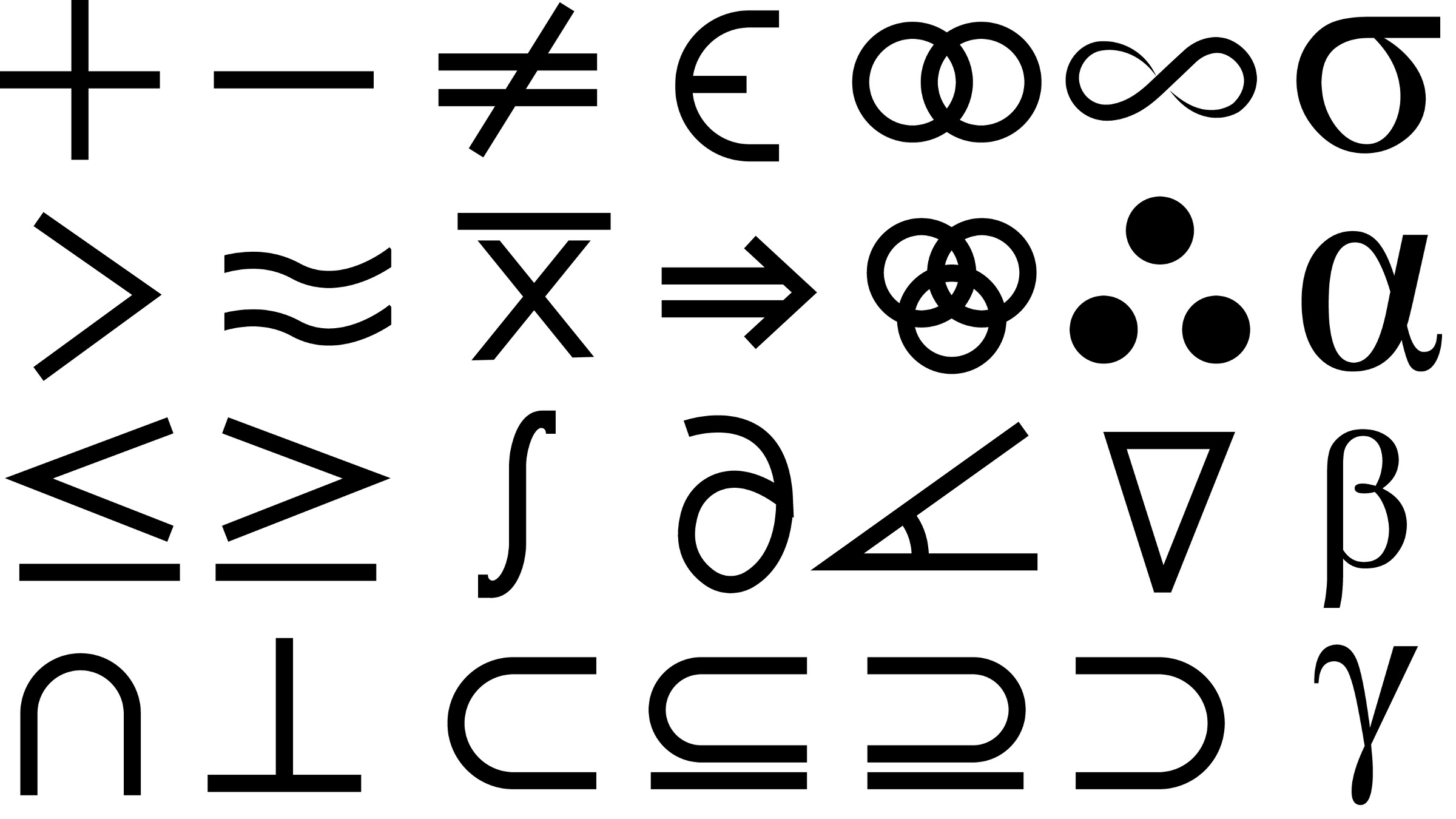
Well, here’s something surprising: the U.K. Department for Work and Pensions appear to have come up with a game-based collaborative creativity support system that their employees actually use. The Department for Work and Pensions is not a place I would have associated with cutting edge technological innovation, but I was evidently mistaken. They have developed idea management software called Idea Street in which employees can generate and share ideas about improving the productivity of their department. Players can amass points through good ideas, and can build teams of colleagues to support them. Points can be invested in other ideas, and investors get points back if the idea gets adopted by the department. The DWP’s deputy director claims it will save $30 million by 2014, which is good news for the U.K. taxpayer assuming this figure has any basis whatever in reality. Maybe they’ve already saved us millions in the two years they have been using it and have good reason to believe they can keep squeezing good ideas out of people for another three years. Setting aside such cynicism, I think this project is interesting from socio-technical perspective.
We have a "Points for the Principal" box at work where anyone (staff or student) can write a question, suggestion, or idea and stuff it in the box. I do this from time to time (most recently about paint colour and catering prices, if you’re curious), simply because of the novelty factor. It’s the first time I have ever worked somewhere which does this. After a bit, you get a a dry email back from one of the Principal’s lackeys explaining why they can’t possibly do what you suggest because of obscure university policy. But at least the management is trying.
The interesting thing about Idea Street, which sets it apart from such schemes, is that the ideas are visible and shared among colleagues and potentially could gather critical mass in a way which would make it hard for good ideas to be ignored by management. After all, the people who implement processes in the workplace every day may well be able to spot solutions to inefficiencies which are not obvious to people higher up the chain. Where the game comes in is to provide an extrinsic motivation and reward for trying to make things better. However, I suspect that the game technology itself could not make an impact without changes in work place culture so that ideas developed within the software make it successfully out into the real workplace. Coming up with a good idea about how to change things is relatively easy. But changing work practices based on a good idea is slow, and requires effort and patience. This project is a nice example of the interface between technology and people’s existing work practices. I would love to run a study on how users engage with this software and its long term impact.



Join the Discussion (0)
Become a Member or Sign In to Post a Comment